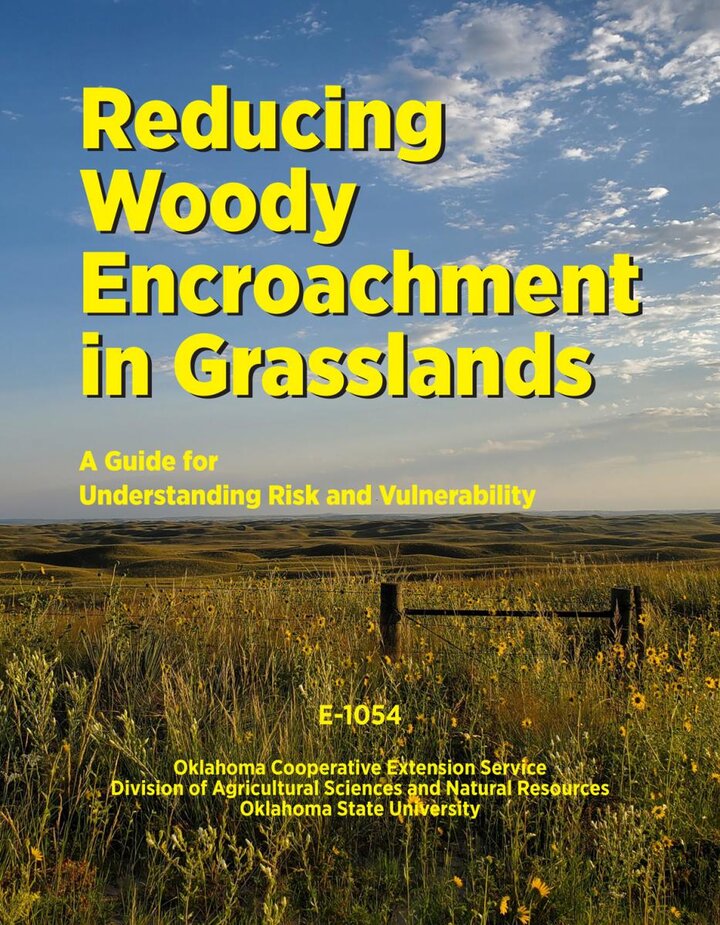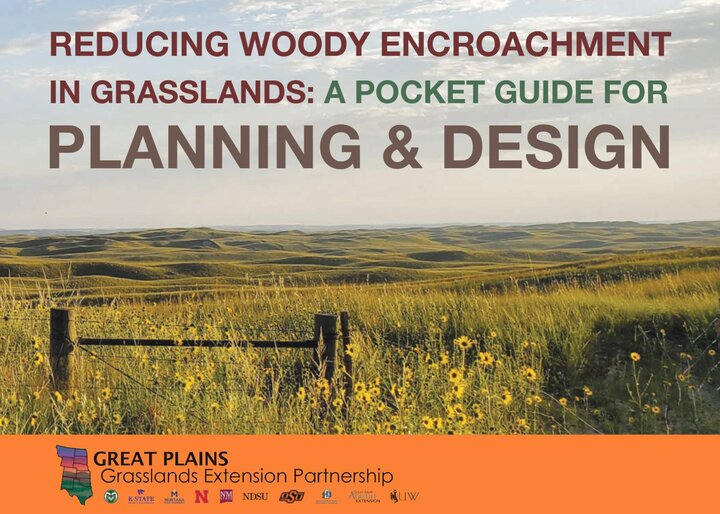
Vulnerability Guide for Reducing Woody Encroachment in Grasslands
The Vulnerability Guide provides the most comprehensive review of how to manage woody encroachment in the Great Plains. The guide introduces science-based guidelines for managing woody encroachment in grasslands that overcome key weaknesses of past approaches. New guidelines emphasize keeping grasslands intact and reducing vulnerability to encroachment by maximizing distance to problematic and invasive seed sources.
Principles from the Vulnerability Guide have been widely adopted through local, state, and national conservation initiatives like the Great Plains Grassland Initiative, Working Lands for Wildlife’s Great Plains Biome Framework for Conservation Action, and the Central Grasslands Roadmap. Early adopters of the Vulnerability Guide in Nebraska estimate that new guidelines save between $25-500 per acre compared to past management approaches used to address woody encroachment.

Pocket Guide for Planning and Design
The pocket guide for reducing woody encroachment is a field-based resource created to support training and extend principles from the Vulnerability Guide. The pocket guide is designed to fit in your pocket (5 x 7”) to use as a field reference for planning and design.
The pocket guide features:
- Illustrations of how to better visualize vulnerability on the landscape,
- Improved planning, inventory, and decision-making in grasslands,
- Decision support to avoid common pitfalls - like short-lived treatments due to rapid reinvasion - that have caused past management efforts to underperform or fail, and
- Real-world testimonials from ranchers and other land managers on how they have reduced woody encroachment in unique ways that were flexible and customizable.
Stay tuned: The pocket guide serves an important role for faculty in the Great Plains Grasslands Extension Partnership to improve field-based trainings and workshops. Curriculum is currently being developed to support national and state-based trainings on woody encroachment.